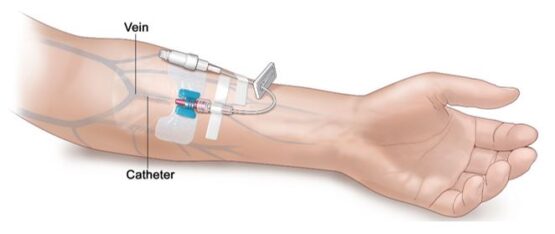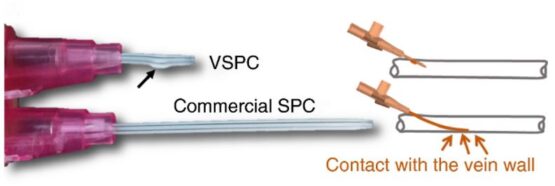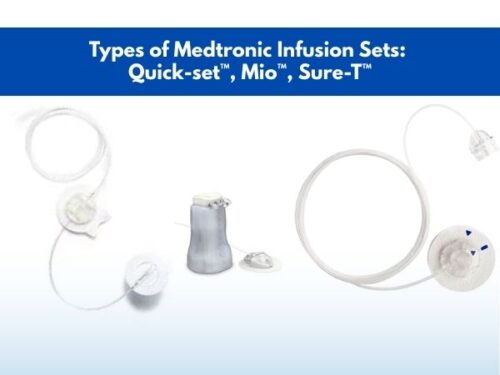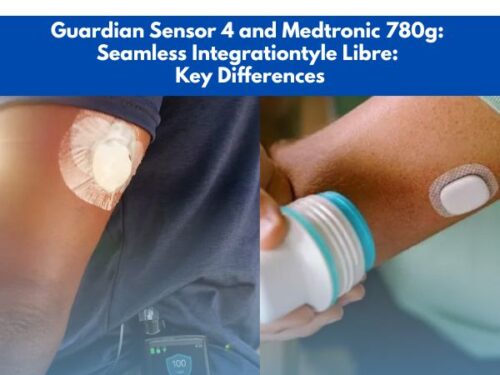What are the Different Types of Peripheral IV Catheters?

The use of the parenteral route is a preferred way of delivering, blood, food, or drugs as well as of withdrawing multiple blood samples. In this condition, the frequent utilization of syringes is an ideal method as it can be extremely painful and uncomfortable for the patient as well as the nurse. The solution to this issue lies in the implementation of catheters which are inserted into the venous system to get direct access to the patient’s bloodstream. This way, not only the need for multiple needle pricks is eliminated, but the convenience of both administration and withdrawal is enhanced. One such catheter is the peripheral IV catheter which comes in various types based on its length.
What is a peripheral IV catheter?
A peripheral venous catheter, peripheral venous line, or peripheral IV catheter is a thin tubular structure with a single hollow lumen intended to be inserted into the veins. Their length varies from ¾th of an inch to one inch precise.

Peripheral IV catheter
Ideal positions for the peripheral IV catheter insertion
Preferred points of insertion for the peripheral IV catheters are the back side of the hand and the lower part of the arm. More precisely, cephalic, basilic, and brachial veins are the most suitable positions for inserting a peripheral IV catheter.
Materials used in peripheral IV catheters
The peripheral IV catheters are prepared using one of the following materials:
- Teflon
- Polyvinyl chloride (PVC)
- Polyurethane
Applications of a peripheral IV catheter
The Peripheral IV catheters are employed with the aim to achieve the following purposes:
- Administration of nutrients via the parenteral route
- Administration of certain medicines such as chemotherapeutic agents or antibiotics
- Infusion of blood
- Drawing of blood samples via IV route
- Infusion of intravenous fluids for the purpose of dealing with dehydration
Types of peripheral IV catheters
There are three types of IV catheters that are employed peripherally:
- Long peripheral IV catheter (long PIVC/LPC)
- Short peripheral IV catheter (short PIVC/SPC)
- Very short peripheral IV catheter (VSPC)
Long peripheral IV catheter
The long peripheral IV catheters are 6 to 15 cm in length. These are the extended versions of the standard short peripheral IV catheters. They dominate both the other types when it comes to the duration of venous retention which renders them preferable for long-term use.

Long peripheral IV catheter
Short peripheral IV catheter
In the case of short peripheral IV catheters, the catheter length is reduced so that they fall between the ranges of 2 to 6 cm. It is recommended to be inserted at an angle of 5 to 30 degrees. Basilic, metacarpal, median, as well as cephalic veins are most suitable for the insertion of this type of catheter. The device is particularly useful in pediatric patients in whom the vein depth is low.
Very short peripheral IV catheter
Although the use of short peripheral catheters is common, thrombophlebitis (i.e. blood clotting which further results in the inflammation and blockage of veins) is reported in nearly 80% of the patient after its employment. This results in an extended hospital stay ultimately elevating the economic burden on the health system. To resolve this problem, a design modification in the short peripheral catheter has resulted in the development of a very short peripheral IV catheter. With this invention, the incidence of side effects is greatly reduced.

Comparison of short and very short peripheral IV catheter
Comparison of different types of peripheral IV catheters
A comparison between the long and short peripheral IV catheters has been given below:
| Parameters | Long peripheral IV catheters | Short/Standard peripheral IV catheters |
| Length | 6 to 15 cm | 3 to 6 cm |
| Catheter tip extension | Distal to the axilla | Distal to the axilla |
| Material | Polyurethane, PEBA | PTFE, polyurethane |
| Insertion technique | Catheter-over-needle, catheter-over-guidewire | Catheter-over-needle |
| Cost | 44 USD | 6 USD |
Side effects of peripheral IV catheters
Although peripheral IV catheters are being employed by most patients due to their ease of transfusing blood or fluids, apart from their other uses, some side effects can be associated with their application:
- With the use of peripheral IV catheters, needle stick injuries are common thus reducing the safety of the nursing staff. To resolve this issue, the newer versions of the IV catheters are equipped with safety barrels to contain the retractable needle once its job is done.
- The peripheral IV catheters, when used for a longer time period, can cause inflammation at the site of insertion. This can also result from the misplacement of the catheter.
- The peripheral IV catheters, if not completely sterile, can transfer infections into the bloodstream.
- Apart from dislodgement, the peripheral IV catheter can also result in deep vein thrombosis (DVT), thrombophlebitis as well as venous occlusion.
Precautionary measures
The following precautionary measures must be adopted while working with peripheral IV catheters:
- The IV catheter must be handled and inserted carefully into the veins. It must be secured at its place using tape to avoid accidental fallouts or misplacements.
- The sterility of the peripheral IV access line must be ensured before its insertion.
Conclusion
In patients with swallowing difficulties, coma, or unconsciousness, peripheral IV catheters are a great way of delivering medications to the patient via the parenteral route. There are easy to insert and easy to remove later on which makes them a reliable device for nurses to work with. Moreover, the patient’s comfort is not compromised by the frequent use of needles as the catheter can be used to take multiple blood samples as well as to administer food, inject medications, or provide blood transfusion. The variety that exists in their types based on their lengths enables the physician to choose the most suitable peripheral IV catheter according to their needs. Thus, these peripheral IV catheters are among the most reliable medical devices.



















